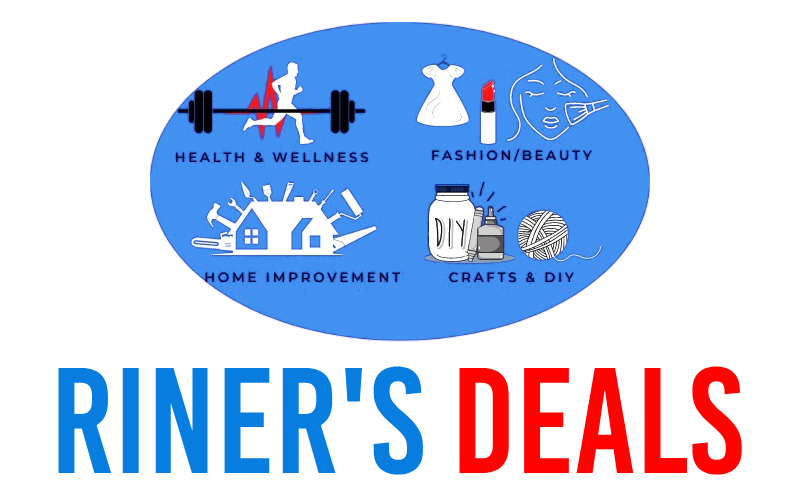Crafting with kids is an excellent way to blend creativity with education. Engaging in arts and crafts not only fosters a sense of creativity and self-expression in children but can also be a valuable tool for learning. From improving fine motor skills to understanding basic scientific concepts, craft projects offer a world of educational opportunities. Whether you’re a parent, teacher, or caregiver, introducing kids to fun and educational crafting projects can be a delightful and rewarding experience. In this article, we will explore various craft ideas that are both enjoyable and informative, perfect for nurturing young minds.
Why Crafting is Educational
Crafting can provide numerous learning benefits for children:
– Fine Motor Skills: Activities like cutting, drawing, and gluing enhance hand-eye coordination and dexterity.
– Cognitive Development: Crafts involving counting, sorting, or pattern recognition promote cognitive skills.
– Creativity and Imagination: Engaging in artistic activities stimulates imagination and creative thinking.
Simple and Educational Craft Ideas
Here are some craft projects that combine fun with learning:
– Nature Collages: Collect leaves, twigs, and flowers to create a collage while learning about different plant species.
– Homemade Playdough: Mix flour, salt, water, and food coloring to teach measurements and chemical reactions.
– Paper Mâché Globes: Create a globe using paper mâché techniques to introduce geography.
Craft Projects for Different Age Groups
Tailor craft projects to be age-appropriate:
– Toddlers (Ages 1-3): Focus on simple crafts that involve basic shapes and finger painting.
– Preschool (Ages 4-5): Introduce slightly more complex activities like bead threading or basic origami.
– School-Age (Ages 6 and above): Experiment with crafts that involve more intricate details and concepts, such as DIY science projects or knitting.
Incorporating Learning Themes into Crafts
Crafts can be designed around educational themes:
– Science: Projects like homemade volcanoes or crystal growing kits.
– Mathematics: Crafts that involve counting, such as creating an abacus with beads and string.
– History and Culture: Crafting historical artifacts or traditional crafts from different cultures.
Environmentally Friendly Crafting
Teach environmental awareness through crafting:
– Recycled Materials: Use items like cardboard tubes, old magazines, and bottle caps for crafting.
– Nature Crafts: Use natural materials like leaves and stones, teaching respect for the environment.
Tips for a Successful Crafting Session
To ensure a positive experience:
– Preparation: Have all materials ready and accessible.
– Supervision and Assistance: Provide guidance while allowing children to explore their creativity.
– Emphasize the Process: Focus more on the experience of crafting and what they learn, rather than the final product.
Conclusion
Crafting with kids offers a wonderful opportunity to foster creativity while providing valuable learning experiences. By choosing projects that are both fun and educational, you can help children develop a range of skills, from fine motor coordination to creative problem-solving. Remember, the key to successful crafting with children is to encourage exploration and creativity, making learning an enjoyable and memorable journey.
